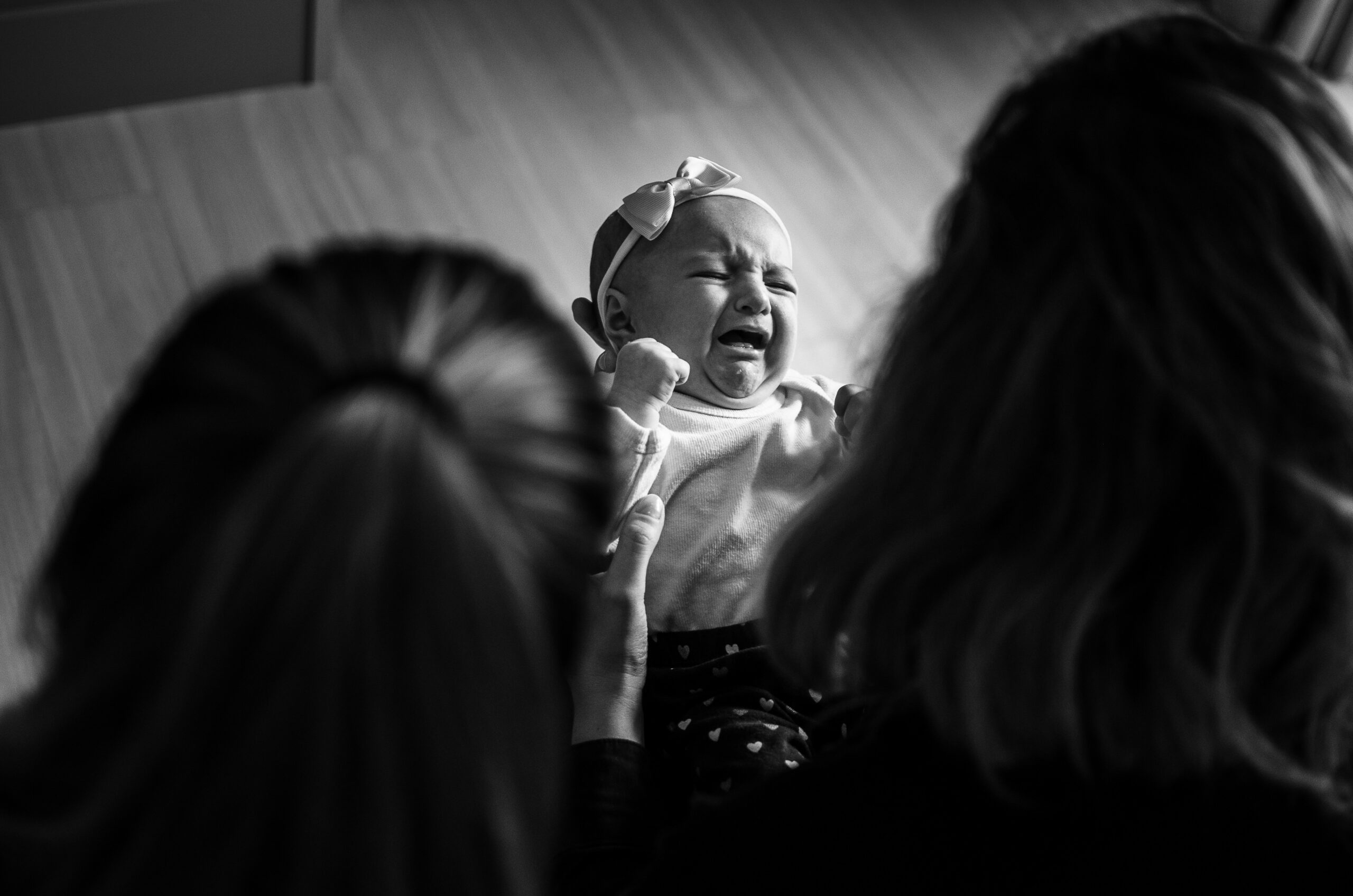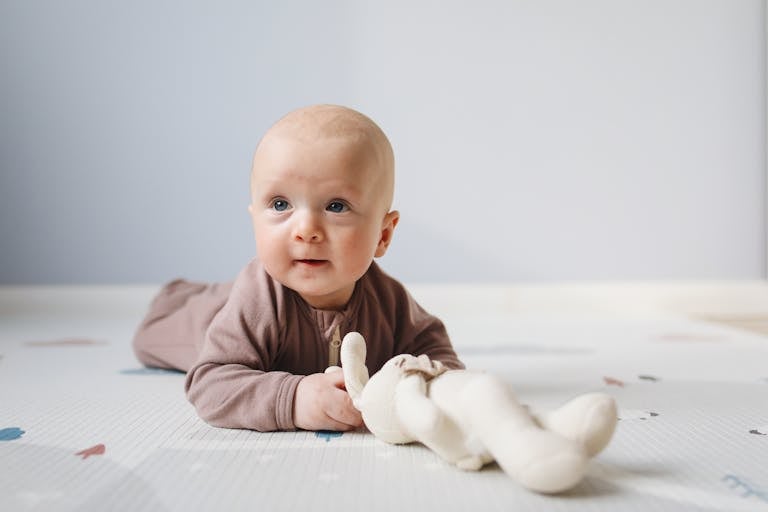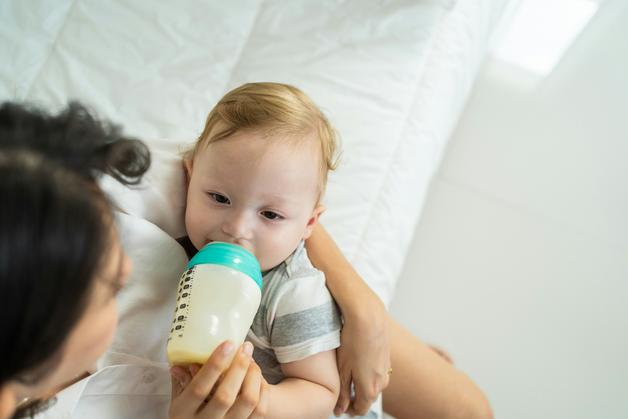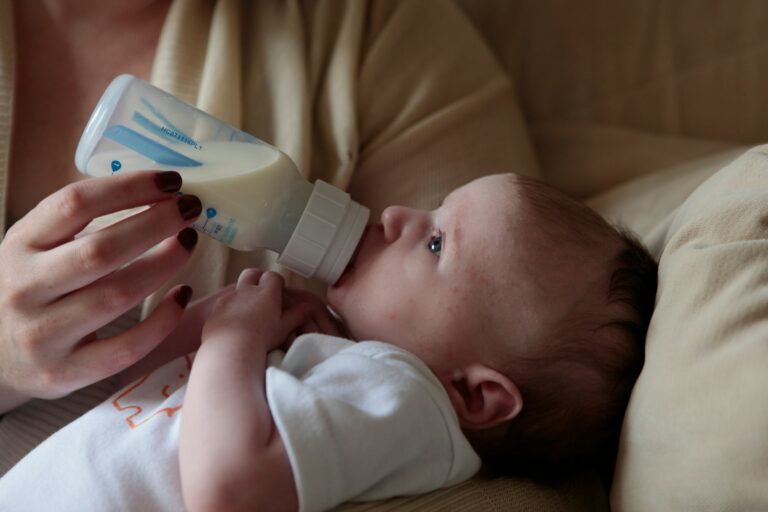Worrying about a sick baby is almost a rite of passage for parents, isn’t it? One minute, your little one is cooing contently; the next, there’s a sudden spike in temperature, a frown replacing the giggles, and every instinct cries out for reassurance and answers. Why is she refusing her bottle? Did those relentless sneezes signal just a change in weather or something more daunting? As parents, you face this whirlwind of questions—sometimes in the middle of the night, under the soft light of a nursery lamp. The smallest changes—a sluggish yawn, a rash traced along the skin, a moist cough—can unleash worry. Here, let’s untangle the warning signals, share practical relief strategies, highlight medical red flags, and help you feel both informed and prepared when facing a sick baby.
Identifying Symptoms: What Should Raise an Eyebrow?
Fever: The First Clue, or a Misstep?
Among all ambiguous alarms, fever remains the most familiar—and yet, easily misunderstood—symptom of a sick baby. The thermometer flashes 100.4°F (38°C) and you wonder, “How serious is this?” Especially in babies under three months, fever is never a casual matter. Over 104°F (40°C)? It’s time for a medical check—not later, not tomorrow. But fever doesn’t work alone. Pair it with persistent crying, deeply set fatigue, or a baby who’s hard to comfort, and you get a picture that suggests your little one might need professional care. What else could this rise in temperature mean? Sometimes, it’s an immune system’s natural defense, but it may also hide more significant infections peeking beneath the surface.
Shifts in Behaviour: When Playfulness Fades
Babies, even very tiny ones, have their own unique rhythms. Suddenly sluggish, struggling to wake for feeds, or simply staring blankly at the world? These are classic signs that a sick baby might be experiencing lethargy—a profound lack of energy that can follow even minor illnesses. On the other end of the spectrum, relentless irritability (crying that refuses to calm, little fists clenching, squirming away from cuddles) might reflect discomfort, pain, or fever. If loss of appetite and trouble with feeding tags alongside these mood changes, stay vigilant.
Tracking Dehydration: More Than Counting Diapers
A sick baby can become dehydrated with lightning speed. What are the signs? Fewer wet diapers than usual, crying without tears, a tongue or lips that look dry, and skin that seems dull rather than bouncy. Dehydration isn’t just about missing a feed—it’s about fluid loss overtaking intake, especially when vomiting or diarrhea joins the picture. At the earliest hints, offer breast milk, formula, or, if directed, an oral rehydration solution. Remember—just a few hours can make a difference in tiny bodies.
Breathing: The Clearest Red Flag
Some signals need no translation. Is your child’s breathing suddenly labored—nostrils flaring, ribs clearly visible with every breath, or the skin around the lips taking on a bluish hue? These are urgent signs. Breathing difficulties in a sick baby must never be taken lightly. Other danger signs include repeated vomiting (not just a spit-up, but green, yellow, or blood-tinged fluids), a bulging fontanel (the soft spot feels unusually firm), seizures, or rashes that do not fade when pressed. If you notice these, seek medical attention immediately.
Gastrointestinal Clues: Vomiting, Diarrhea, and More
Not all tummy troubles are equal. Vomiting every now and then is common in babies, but repeated, forceful vomiting—especially if green, yellow, or tinged with blood—is alarming. The same holds for persistent diarrhea, which can sneakily chip away at hydration levels until the child is dangerously low on fluids. Keep track of stool count and texture, and seek medical advice sooner rather than later for any worrying pattern.
Causes: Unravelling the Mystery Behind a Sick Baby
Viruses: The Everyday Culprit
The word ‘infection’ can sound foreboding, but for most sick babies, viral infections—like the common cold, bronchiolitis, or gastroenteritis—rule the roster. They often tiptoe in, with a mild cough, increasing fussiness, or simply a poor appetite. Symptoms can build quietly before you realize your child is truly unwell.
Bacterial Threats: Less Common, More Intense
Sometimes, a sick baby deals with bacterial foes—think ear infection, urinary tract infection, or even conjunctivitis. These conditions generally need antibiotics. On rare occasions, severe infections such as meningitis or neonatal sepsis may surface—these are true emergencies. Wondering if a rash could be a sign? Some rashes are benign (like atopic eczema), while others, especially those that do not blanch when pressed, could flag a medical emergency. Contentious? Yes, because not all rashes are equal—but caution trumps guesswork.
Environmental and Individual Factors
A sick baby’s susceptibility can depend on many outside influences. Household smoke, urban pollution, or even crowded daycare centres add to illness risk. Babies born premature, or those with ongoing health conditions, deserve double attention—illness may be more frequent, or more severe, underscoring the need for routine pediatric visits and tight hygiene.
Teething: A Convenient Scapegoat, But Not Always the Cause
While teething brings drooling and might make your baby restless, persistent high fever or loose stools should always be investigated and not casually dismissed as “just teething.”
Caring for a Sick Baby: Practical Strategies for Comfort and Safety
What can you realistically do at home? Start with hydration—offer frequent, small feeds of breast milk or formula. For a stuffy nose, saline drops and a gentle bulb syringe work wonders. Try humidifying the room air (especially if your baby is coughing) or take a few calm minutes with your baby in a warm, steamy bathroom. Avoid over-the-counter medicines or traditional remedies unless a doctor confirms their safety.
Physical comfort is powerful—gentle rocking, soft lullabies, dim lighting, and short periods of skin-to-skin reassurance. Do not use honey before the age of one year, and always place your baby on their back to sleep, in a well-ventilated crib or cot. Keep the environment calm and safe—no soft toys or pillows nearby.
Feeling uncertain? Keep a daily log: temperature, number of feeds, wet nappies, and any changes in behaviour. This record will help your doctor make informed decisions.
Prevention: Small Steps, Big Impact
How to stop a sick baby episode before it starts? Handwashing—plain soap and water, at least 20 seconds. Disinfect toys, bottles, dummies, and surfaces, especially after playdates or visitors. Breastfeeding offers immune-boosting protection, so continue as long as possible. Avoid crowded, poorly ventilated spaces, and kindly ask anyone who’s unwell to keep visits for another day.
For daycare attendance, prioritise centres with sensible group sizes and visible attention to cleanliness and hygiene.
When to Seek Medical Attention: Trusting Your Instincts
Some situations demand immediate action—difficulty breathing, seizures, persistent vomiting, a limp or unresponsive baby, or a rash that won’t fade when pressed. Babies under two months with fever, or any sick baby who is drowsy and hard to wake, needs urgent medical evaluation. For persistent worry, ongoing fever, repeated vomiting, a refusal to eat for more than six hours, or rapidly worsening symptoms, contact your doctor directly.
Prepare for the visit—note all symptoms, bring photos of rashes, and clips of any strange movements. These little details can guide medical decisions.
Special Circumstances: What if My Baby Is Vulnerable?
A premature baby, or one with known health problems, is more susceptible. Practice strict hand hygiene, sanitize all surfaces, and limit exposure, especially during flu season. Be alert for early signs: fever, feeding troubles, breathing changes. Don’t wait—arrange a consultation at the first red flag.
Supporting Parents: Practical, Emotional Guidance
Caring for a sick baby isn’t just physically tiring—it can test your emotional reserves. Trust your observations; you’re the most attentive caregiver your baby could wish for. Divide care between family members when possible, snatch moments of rest, and plan in advance—keeping emergency numbers on your phone, learning basic first aid. If stress or worry becomes overwhelming, reach out to your healthcare provider, or connect with parent support groups. Every question you have is worth asking—a proactive parent is a well-equipped one.
Key Takeaways
- Watch your sick baby closely—every symptom tells a story and deserves thoughtful attention.
- Hydration and gentle comfort form the core of home care.
- If a symptom feels unusual, or if you’re ever in doubt, ring your doctor straight away.
- Some situations—difficulty breathing, persistent fever, unresponsive behaviour—demand immediate action.
- There’s no substitute for a parent’s vigilance: trust your knowledge of your child.
- For more tailored support and free health checklists, explore Heloa app to access trusted advice and health tools for your family.
Questions Parents Ask
Can teething make my baby sick?
It’s easy to wonder if those new teeth are to blame when your sick baby seems unsettled. Teething can bring drooling, gumming, and some moodiness, but severe symptoms—like high fever or persistent diarrhea—should be checked by your doctor. Sometimes, teething coincides with an infection, so it is vital not to overlook new or intense symptoms.
How can I know if my baby’s illness is catching?
When a sick baby has a cough, runny nose, or diarrhea, infections are often contagious. Think about pausing visits with newborns or elderly relatives, and prioritise handwashing for everyone in the house. Unsure? Ask your pediatrician about keeping interactions safe until your child recovers.
What should I do if my baby won’t eat when sick?
Loss of appetite is common in a sick baby. Try little, frequent feeds, stay patient, and prioritise fluids—sometimes, hydration truly takes precedence over food in the early days of sickness. If you note signs of dehydration—fewer wet nappies, a dry mouth, persistent vomiting—do not wait; seek medical input.
Is my baby’s sickness serious or can I manage at home?
The puzzle can be confusing—some symptoms settle with gentle care, while others signal a need for professional input. Danger signs include breathing trouble, seizures, persistent high fever, and lethargy. For things that worry you—even if they seem minor—it’s always better to check with your healthcare provider.
When should I worry about a rash?
A rash with a sick baby isn’t always dangerous, but if it does not vanish when pressed (use the glass test: the rash remains visible under a see-through object), appears alongside fever or is accompanied by irritability or lethargy, prompt medical assessment is best.
What makes dehydration dangerous for babies?
A sick baby who is not getting enough fluids can quickly tip into dehydration. The risk here isn’t just fewer wet nappies; the body’s delicate fluid balance is disrupted, impacting circulation, nerve function, and, ultimately, organ health. Look for dry lips, sunken eyes, skin that doesn’t bounce back, and a weak cry.
How do I comfort my sick baby during the night?
Babies need lots of reassurance—especially at night, when fever or cold symptoms can seem intense. Offer skin-to-skin contact, gentle rocking, and soft words. Make sure the nursery is cool and well-ventilated, and avoid extra blankets or pillows that could make the environment unsafe. Trust your instincts if you feel a check-up is needed.
Further reading:









